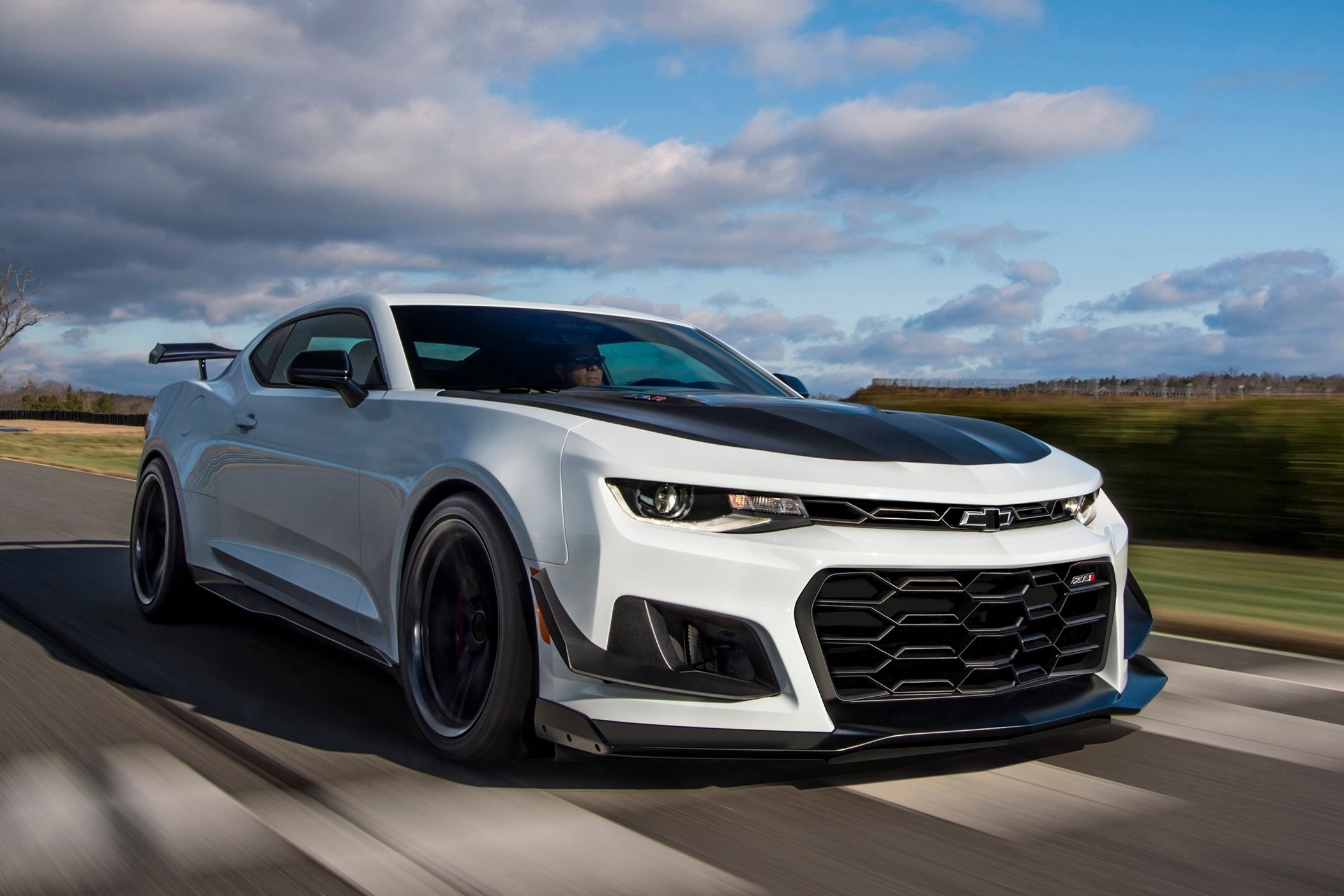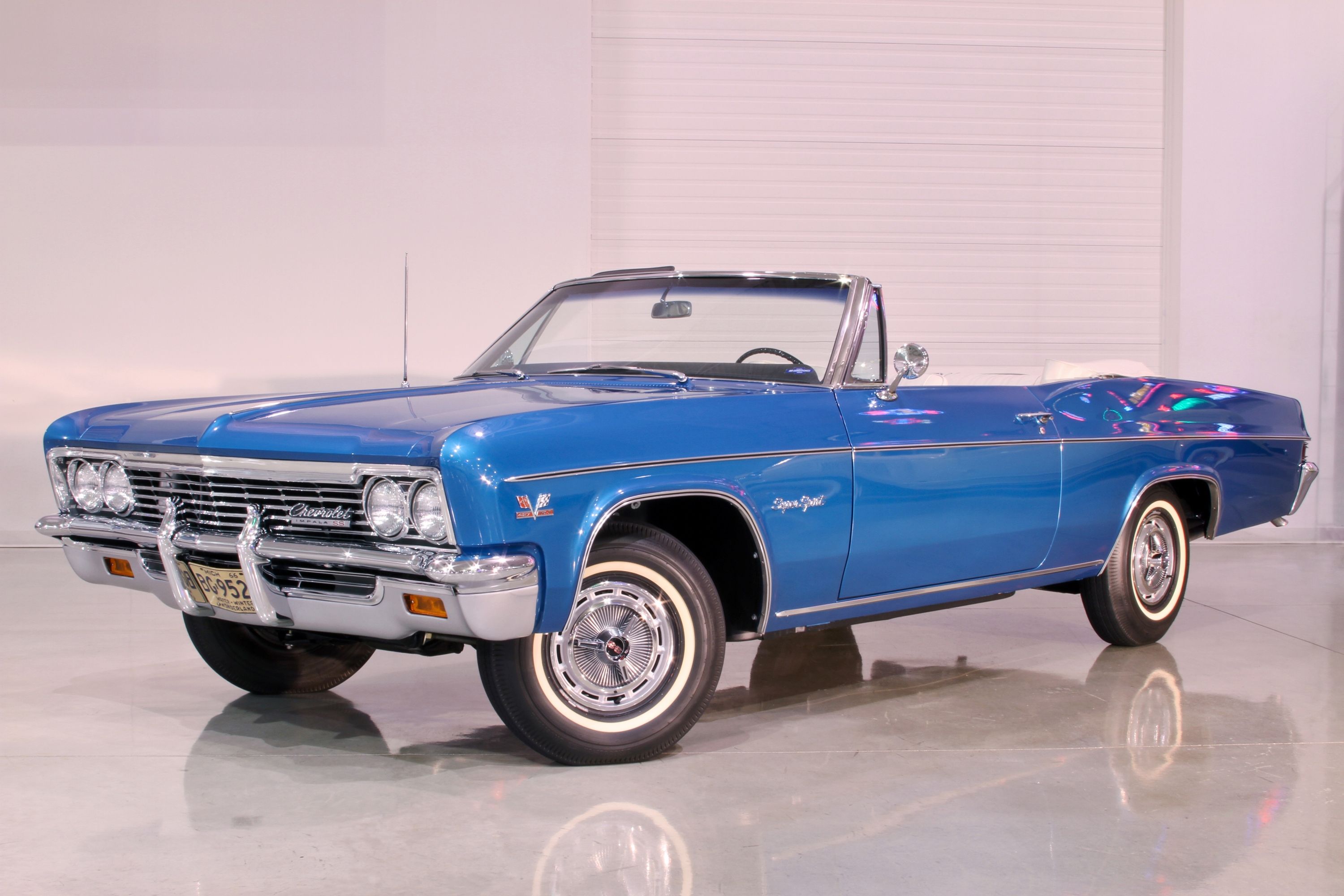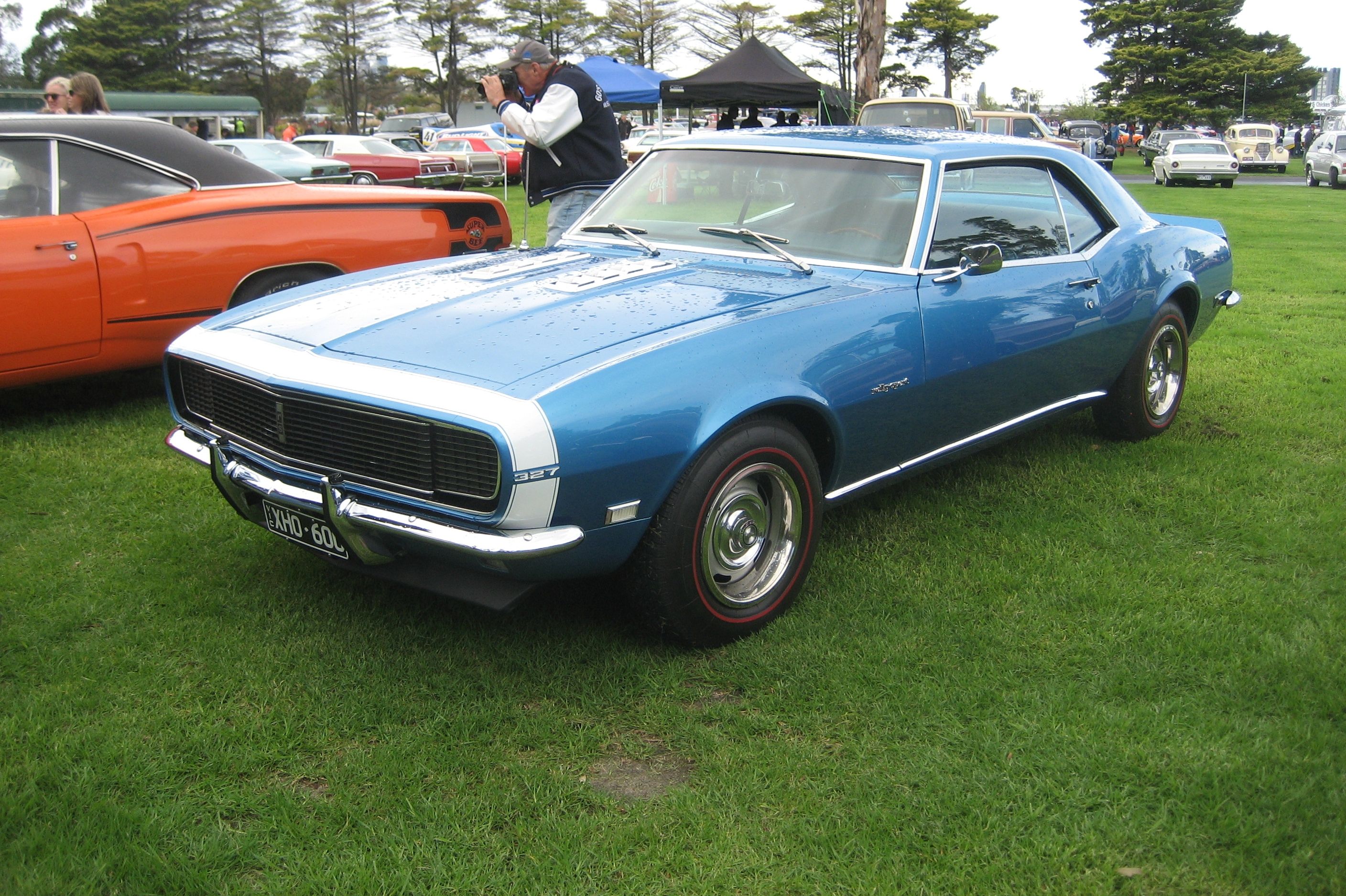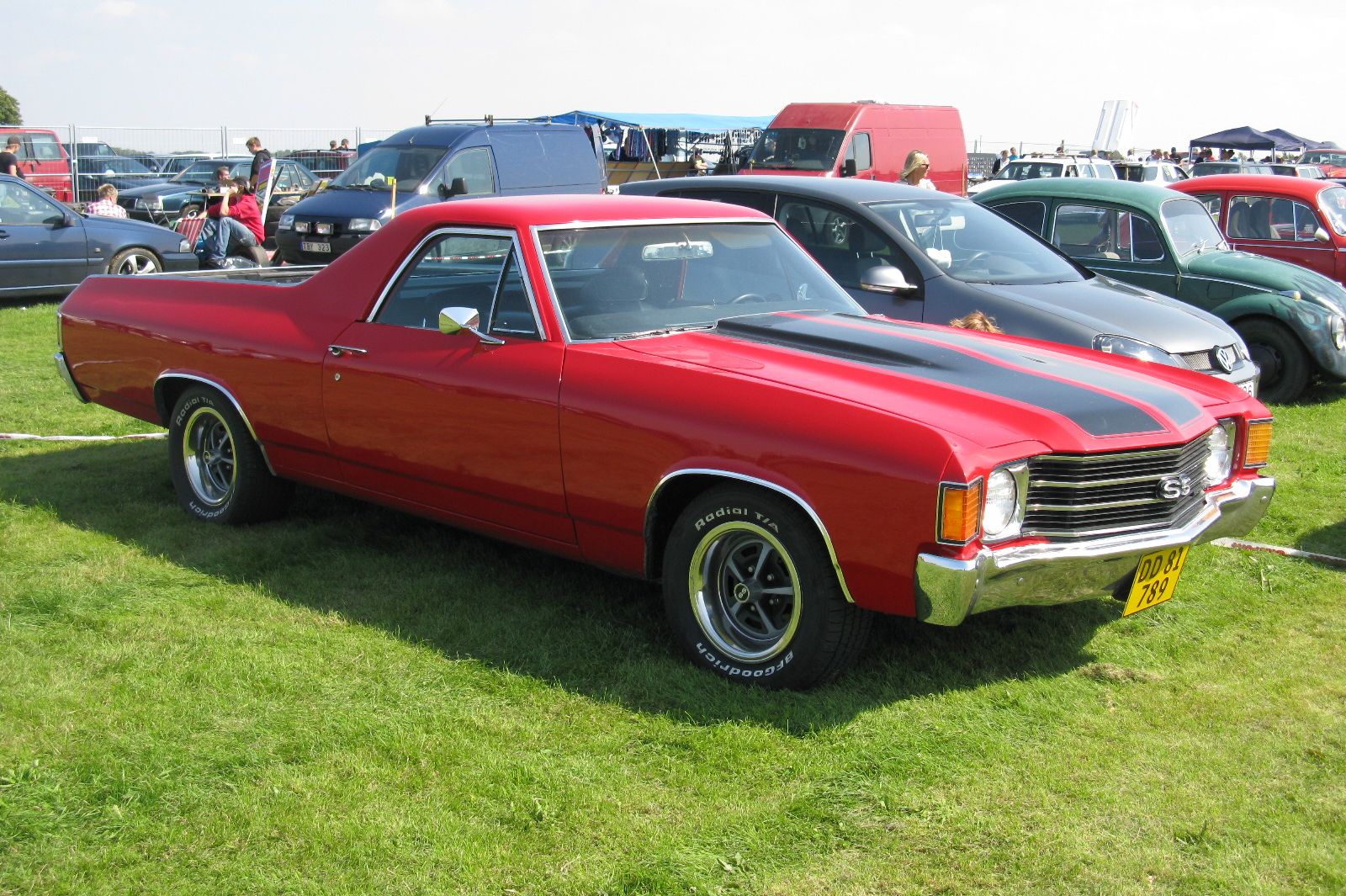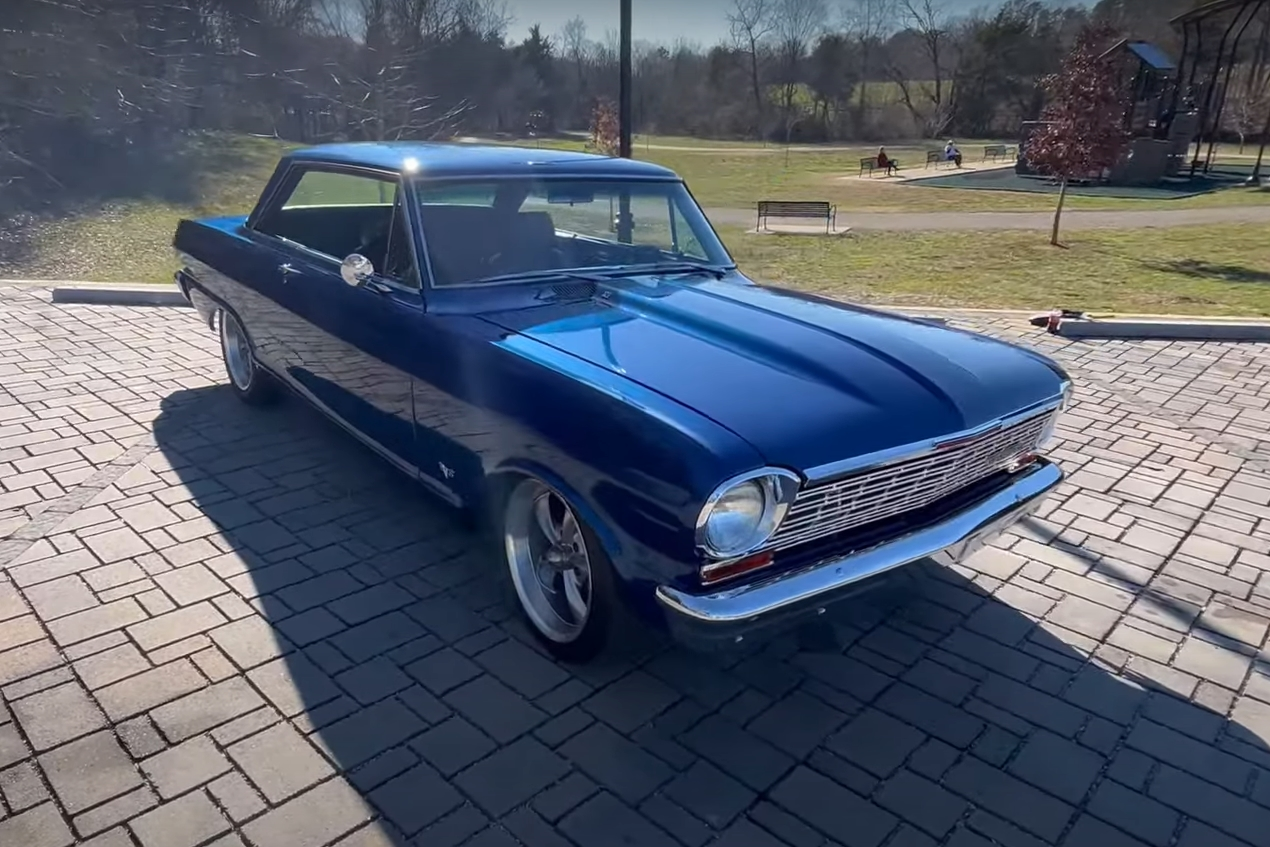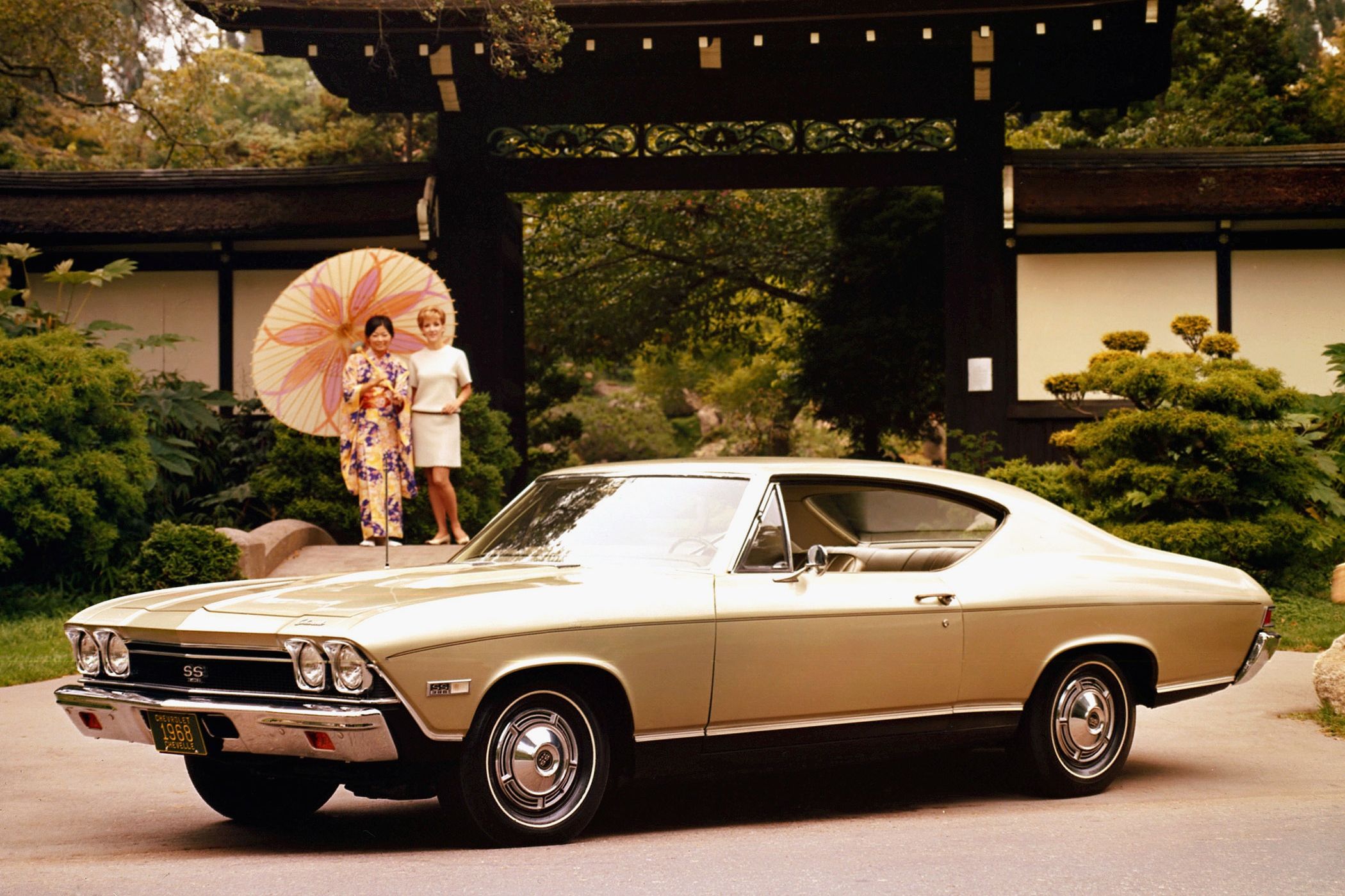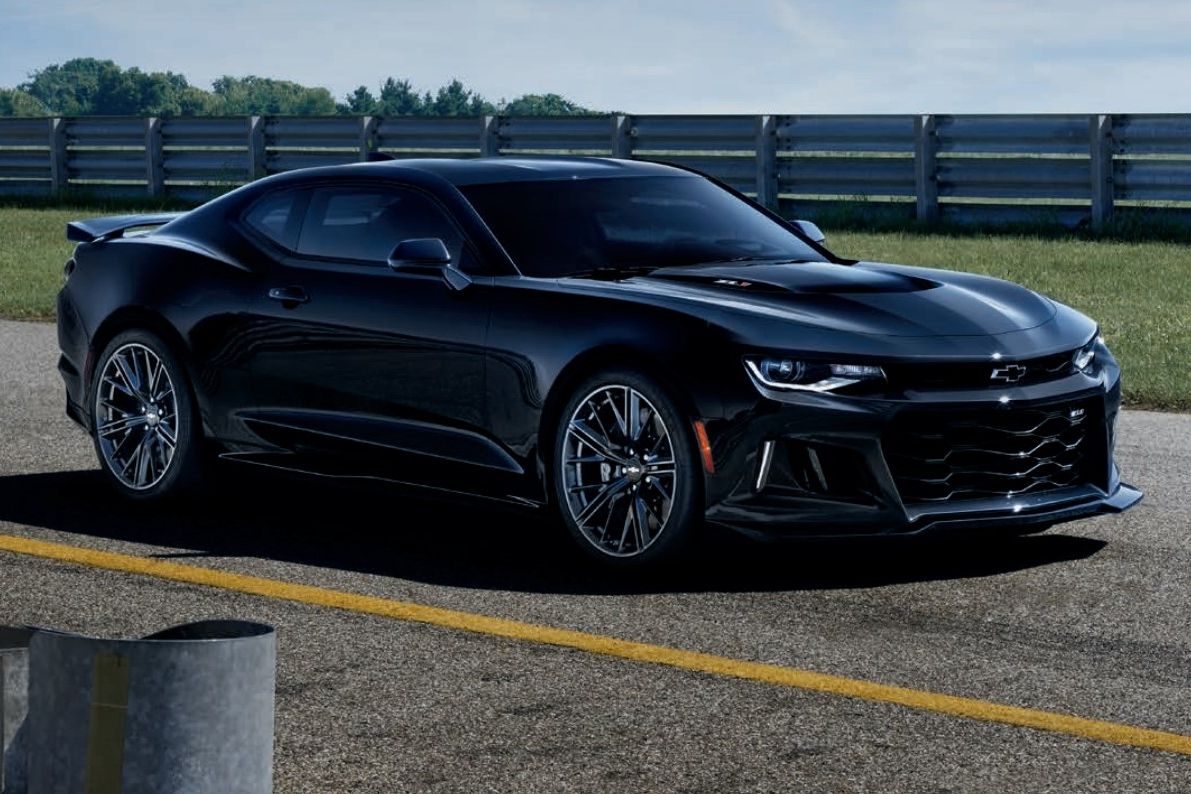
There are some out there who like to believe that Chevrolet invented the muscle car, but the popular opinion is that John Delorean invented the segment when he designed the Pontiac GTO. Later GTOs are still some of the most affordable muscle cars out there today. DeLorean was the first automotive executive to realize that the younger generation didn't want to drive the same cars as their parents, so he shoehorned a massive V8 into the Pontiac LeMans' engine bay. That's how muscle cars were invented. All thanks to the Pontiac GTO.
We're not trying to take anything away from Chevy muscle cars. Chevrolet made some iconic muscle cars and played a big part in the muscle car revolution from the '60s right up to today.
Looking at all the available Chevy muscle cars, it's challenging to choose which models make the most significant impact in the muscle car wars.
But we took a shot anyway and came up with this list that includes the best classic Chevy muscle cars, plus a few modern models that continue to give the Ford Mustang a hard time.
1968 Chevrolet Impala SS427
Thanks to the Pontiac, larger muscle cars were all the rage by the late '60s. The Chevelle SS was a big seller, but Chevy decided to build an even more hardcore muscle car.
That's why it removed the standard Impala SS V8 and replaced it with the L72 427 V8 used in the 1966 Corvette.
The engine was an optional extra, costing roughly $4,000 in today's money. Not bad for a 425-horsepower V8 engine. The engine could be mated to a four-speed manual or three-speed automatic transmission.
While the SS427 is now seen as one of the most iconic muscle cars, it was one of the worst-selling big block muscle cars of all time. Chevy fans of the time can kick themselves today because out of over 700,000 Impalas sold in 1968, only 1,778 were SS427s.
1961 to 1969 Chevrolet Impala SS
The Impala SS was Chevy's full-sized muscle car competitor in the 1960s. The SS stood for "super sport," though it wasn't exactly a sports car. It still had to fulfill its duty as a personal luxury car, but the Impala SS had a bit more power to play with.
Previous Impala SS models were merely equipped with cosmetic upgrades. Still, for the third-generation model, Chevy started making more mechanical improvements to make it more competitive in the muscle car arena.
Upgrades were made to the suspension system, and Chevy dropped a 5.7-liter V8 under the hood. The upgrade also included wider tires for extra grip.
The rarest of the bunch was the SS 427 mentioned above, but these Regular Production Option (RPO) models were some of the most popular cars of the time.
The body was available as a convertible or hardtop coupe, and you could have it with a Muncie four-speed transmission.
1980s Chevrolet Monte Carlo SS
The Monte Carlo was a successful General Motors mid-sized car that finally received the SS treatment in 1983. We'd file the Monte Carlo SS under pony cars rather than an outright muscle car.
Still, fans asked, and Chevy answered. The Chevy Monte Carlo SS dropped the 3.8 V6 and slotted a 5.0-liter V8 under the hood. It only produced around 170 hp, but it was pretty successful, even though it had as much power as the earlier turbocharged V6 non-SS Monte Carlo.
It was Chevy's answer to the Monte Carlo being boring, and it worked.
Despite the poor effort, Chevy fans are willing to pay a premium for the '80s Monte Carlo SS. It's safe to say that this is one Chevy that won't be purchased as a project car, so you need some tips on how to take care of a classic.
1968 Chevrolet Camaro Z/28
We will split the Chevy Camaro in two because we have a favorite classic model year and a favorite modern vehicle. For a classic, we're going with the 1968 Camaro Z/28, which may also be the ultimate Chevy classic car. It's instantly recognizable, and it comes with a great story.
The Z/28 was supposed to be a one-off based on the first generation, built for the GM of Chevrolet. Pete Estes' car was meant to be a track-only build, but then Chevy decided to put it on sale. The engineers must have felt confident, having introduced disc brakes on their vehicles for the first time the year before.
The Z/28 was equipped with a 302 cubic-inch V8 producing a claimed 290 hp, but it was known to make much more than that in reality. Chevy claimed a quarter-mile time of 14.8 seconds, fast even by modern standards. It may not keep up with modern muscle cars like the Mustang GT500 or the Dodge Demon, but it will destroy a few modern hot hatches. There's a good case for this being the world's favorite Camaro and perhaps even the best of the '60s Chevy muscle cars.
1968 Chevrolet El Camino SS
The second-generation El Camino looks a bit better, but the Chevy El Camino SS was only introduced as part of the third generation and only for a single model year.
Why is it so special? Well, most muscle cars are ridiculously easy to get sideways.
The El Camino was even better, thanks to its pickup body. The result was minimal weight over the rear wheels so that the tires would light up even under light throttle.
The SS model was introduced in 1968 as a $444 package. Chevrolet offered the 396 cubic-inch V8 in three power outputs: 325, 350, or 375 horsepower. A Muncie three-speed was part of the package, but a Muncie four-speed could be added as an optional extra.
1964 Chevrolet Nova SS
The Nova SS is one of the smallest muscle cars ever made. That arguably makes it more of a sporty sedan than a pony car, but once you drive a Nova SS, you realize it wasn't built for corners, which is a muscle car must-have.
There are several Nova SS models available. Chevy started producing it in 1964 with a 4.6-liter V8 under the hood. The 196 hp output was weak, and customers wanted more Chevy muscle. A few months later, Chevy tweaked the engine to produce 220 hp. This was still not enough.
Chevrolet's engineers did not want to put a larger V8 under the hood because they thought the car couldn't handle more than 400 horses. That meant the 396 V8 was the only option for a few years. Somewhat ironically, dyno tests later revealed that this engine actually produced more than 400 hp, so Chevy broke its own rules.
The Nova eventually fell out of favor following the 1960s Impala becoming more popular. Chevrolet also started producing Camaros with more power, which lured more people away from the Nova.
In 1968, the Nova SS became a package. If ordered, Chevy sent you an SS with a 350 V8 with 295 hp, a heavy-duty suspension setup, and a few badges to show it was the top model.
1968 Chevrolet Chevelle SS
Chevy sold the Chevelle SS 396 from 1966 to 1968, after which it also became an optional package in 1969.
It remains one of Chevy's most attractive two-door muscle cars, especially when the '68 revamp was introduced. The '68 Chevelle SS had a 396 V8, a heavy-duty suspension, and wider tires. Chevy left a few things available as options, including disc brakes, stripes, and Positraction, which used to be Chevrolet marketing speak for a limited-slip differential.
The base engine produced 325 hp, but $105 extra got you the L34 version of the engine, producing 350 hp. The top-spec was the L78 with big port heads and a Holley four-barrel carburetor. It produced 375 hp, which was sent to the rear wheels via a three-speed manual or four-speed automatic transmission.
Chevrolet Corvette C1
The first-generation Corvette was more a pony car than muscle car, and certainly not a sports car like later generations. Still, these early models are worth a lot of money.
It took Chevy a while to put a decent engine in the first generation. It was sold with an inline-six engine with only 150 hp for two years. In 1955, more engines became available. Chevrolet started offering a 265 cubic-inch small block V8 in the base model.
In 1956, the Corvette received a facelift. This was not the facelift as we now know it, and the car basically got a new body. The V8 grew to 283 cubic inches and produced 283 hp.
The final facelift occurred in 1962, and Chevy gifted the first Corvette a 327 cubic-inch V8 engine. The standard output was rated at 250 hp, but fuel injection was optional, boosting the power to 360 hp.
As we know, the first Corvette was such a hit that it remains one of just two names that live on through the ages.
2023 Chevrolet Camaro ZL1
Now we move away from vintage Chevy muscle cars turn to modern muscle and one of the best Chevy muscle cars of all time. Actually, this car is more of a sports car, but it does have serious power produced by a supercharged small block 6.2-liter V8 engine. It certainly isn't one of the most advanced engines in the world (look at what the Germans are doing), but it produces 650 hp and the same amount in torque. You can also have it as a convertible, but it impacts structural rigidity.
The Camaro ZL1 is a track-ready special. It's so fierce it was banned in the UK, and we love that. It's a unique blend between muscle car and sporty coupe, just like the Shelby Mustang GT350, which remains our favorite Mustang of all time.
As standard, the ZL1 comes with magnetic dampers, an electronic limited-slip differential, an adjustable stabilizer bar, and Brembo brakes. If you want something even more hardcore, opt for the 1LE package that adds several hardcore aerodynamic components.
2023 Chevrolet Corvette Z06
We love the Corvette Z06 because it's an entirely new take on the muscle car. We originally wanted to go with the Stingray because it has a lazier muscle car engine, but this high-revving 5.5-liter V8 is too good not to mention. Few cars thrill as much, and it's all because Chevy copied Ferrari's homework.
Is it the best muscle car ever? Not even close. It's too focused for that, but we think it should at least count as one of Chevy's best muscle cars.
Who cares if it has a flat-plane crank V8? It sounds epic, revving all the way to 8,600 rpm. We've seen it embarrass cars costing several times as much, which remains one of the hallmarks of a great muscle car.
It may sound different than the cross-plane V8s on this list, but it remains true to the spirit of the muscle car.

